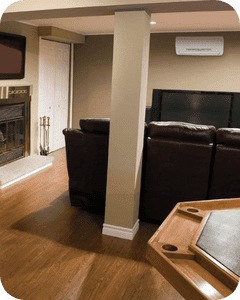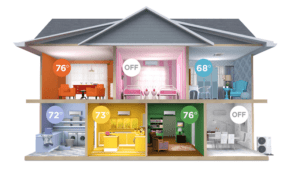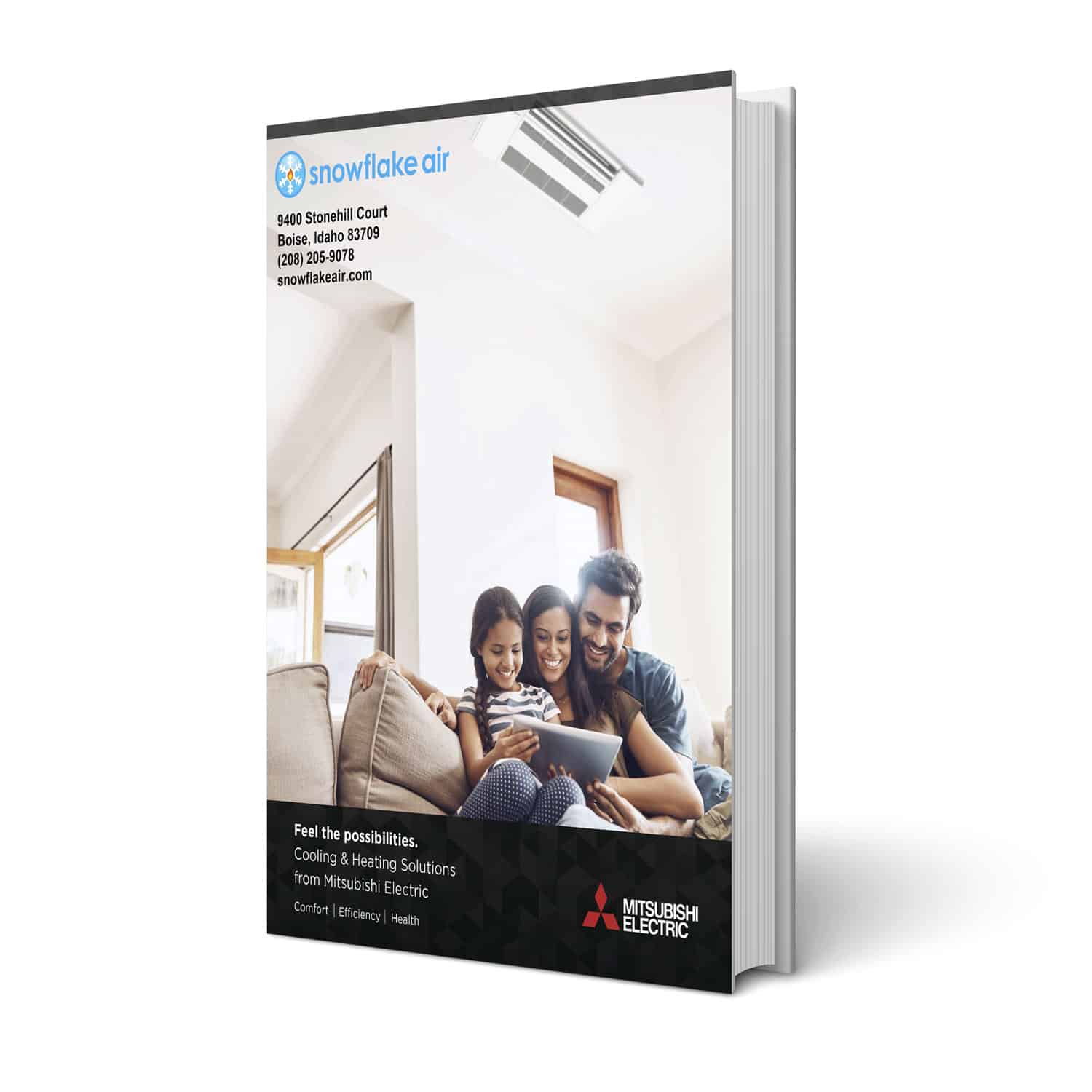How Much Does It Cost To Run A Mini Split For Heating And Cooling?
 Ductless mini splits are one of the most energy-efficient pieces of heating and cooling technology available. Installing them can be a bit pricey, so many people want to know, what does it cost to run a ductless mini split in the winter or the summer. There are several factors that go into this equation, but we want to help you make an educated guess on how much it would cost for you to run a ductless mini split system in your home.
Ductless mini splits are one of the most energy-efficient pieces of heating and cooling technology available. Installing them can be a bit pricey, so many people want to know, what does it cost to run a ductless mini split in the winter or the summer. There are several factors that go into this equation, but we want to help you make an educated guess on how much it would cost for you to run a ductless mini split system in your home.
Read More: Ductless Mini Splits Are Perfect For A Home Office
How A Mini Split Works (And Uses Electricity)
A mini split uses heat pump technology to transfer energy from the heat pump outside, to the air handler inside. With a traditional heating system, there is typically combustion that produces heat. With a heat pump, electricity is used to operate the system, and heat is drawn from the air outside, treated, and brought inside to be used.
This means that when you both heat and cool your home using a mini split, electricity is what is fueling the system. Not oil, or gas like many other heating systems.
Factors That Affect How Much Energy Your Mini Split Will Use
As we mentioned, it’s not the same equation across the board for how much energy you are going to use when you are running your mini split. There are several different factors that impact your electricity consumption, and we want to go over the main four reasons:
- Heat Pump Model And Efficiency
- The Climate Where You Live
- How Many Indoor Units You Have
- How Much Space The System Is Treating
Heat Pump Model And Efficiency
The first factor is what model of heat pump you are using, and how efficient it is. Just like if you buy an old SUV vs a new hybrid car, the make and model are going to play a huge factor in how much energy it uses. The less efficient mini split you have, the more electricity it is going to use.
Just like any other piece of technology, the better it is, the more it’s going to cost up front. So, it’s usually good to know, the more efficient the model, the more it will cost, BUT, it will then cost less to run your system. We usually steer towards more efficient systems, because they cost less to run, and usually work better.
Read More: Does A Ductless Mini Split Heat and Cool?
The Climate Where You Live
This is an obvious factor. If you live in a very mild climate that doesn’t have big temperature swings, you are going to use less electricity. If you live somewhere that has very hot summers and very cold winters, you are going to use more energy!
Here in Boise, we do see a bit of both. The winters can get very cold, and we see a good bit of snow. The summers are a bit milder than the winters, but we still have months where 90 degrees isn’t unfamiliar. Overall, lots of places in the country see temperatures similar to these, and your mini split will be needed all year long, even if some months are easier than others.
How Many Indoor Units You Have

The more mini splits you are using in your home, the more electricity you are going to use. This one seems simple, but there is a wrinkle to it.
Unlike a traditional HVAC system, mini splits operate independently of each other. This means that you can have one running in the living room heating the space to 72 degrees, while the mini split in your basement isn’t on, because no one is downstairs. You may also have the bedroom mini splits running at a lower temperature until you decide to go to bed.
So as you can see, even if you have 5 mini splits in your home, that doesn’t mean you are using 5X the energy of using one mini split. It depends on how you are using them, how often they are run, and at what temperature.
How Much Space The System Is Treating
This kind of goes along with the number of mini splits you have, but in simpler terms, how much space are you treating? You may have 5 mini splits in 5 small rooms or 5 mini splits in 5 large rooms. The larger rooms are going to call for more treatment, and more energy is consumed.
An HVAC technician can help you design a system that will properly heat and cool your space, no matter what the size of the space is. The trick is creating this system to work without costing you an arm and a leg.
Calculating The Cost To Run A Mini Split
 Luckily for us, Idaho is one of the states with the lowest energy rates, for both electricity and gas. On average, the electricity rates are about $0.105/kWh in our area, with some places varying. For the sake of this exercise, let’s say it’s $0.108/kWh, and we are using a mini split with 12,000 BTUs, and a 20 SEER rating.
Luckily for us, Idaho is one of the states with the lowest energy rates, for both electricity and gas. On average, the electricity rates are about $0.105/kWh in our area, with some places varying. For the sake of this exercise, let’s say it’s $0.108/kWh, and we are using a mini split with 12,000 BTUs, and a 20 SEER rating.
You determine how many watts your mini split uses by dividing the BTUs by the SEER rating. So for this example, 12,000/20= 600 watts.
Now we plug these numbers into our equation on the cost to run for 24 hours
Mini Split Running Cost = 600 watts × $0.108 kWh × 24h / 1000 = $1.66 Per Day
Over the month, it will cost: $41.80
Now, this is one mini split, and one that has a particular SEER Rating and size. If you have more units, the price will go up, and vary in the most volatile times of the year.
What you can do, is look at your energy bills. See how many watts you use, and create your own calculations.
It’s important to know that the better the SEER rating, the lower your energy bills will be.
Read More: 4 Ways To Cool Your Home For Less Money
Mini Split Installation In Boise, ID
Snowflake Air specializes in ductless heating and cooling installations in the Boise area. We have serviced and repaired ductless mini splits in the area, and can help you assess your heating and cooling situation, and make the proper recommendations for a system. Call us at (208) 205-9078, or click here to contact us online!



